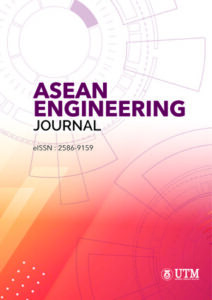SMS-OPTIMIZED CONSUMER-GRADE TRACKING SYSTEM FOR LOW-COST MONITORING
DOI:
https://doi.org/10.11113/aej.v11.17862Keywords:
GPS/GSM design, GPS tracking, Remote monitoring, SMS-based tracking, Tracking deviceAbstract
Consumer grade tracking systems exist but are not optimally designed for low-cost operation in the Philippines setting. Tracking devices typically use Global Positioning System (GPS) and Global System for Mobile Communications (GSM) technologies. Commonly, for device management and real-time tracking, data are transmitted as General Packet Radio Service (GPRS) to a proprietary or third-party cloud service. This method is costly in the Philippines context as well as power consuming. This study was conducted to design a tracking system that is optimized for short messaging service (SMS) mode of data transmission. This study covered the design of a tracking device using consumer-grade hardware components, development of system interface to enable remote operation using commands sent as short message(s), development of a simple desktop client monitoring service and actual field-testing using land and water vehicles. Tests results showed a 100% tracking data delivery efficiency and small difference between Mean Absolute Error (MAE) and Root Mean Square Error (RMSE) for each route indicating that there is a small variance in distance errors. The tracking device also performed well in a sea route which is comparable to a commercial standard GPS data logger. Test results also showed that the device can be used for tracking applications i.e., vehicle security, inland fleet management, monitoring of tourist boats, and research or field surveys, where GPS and GSM are available.
















